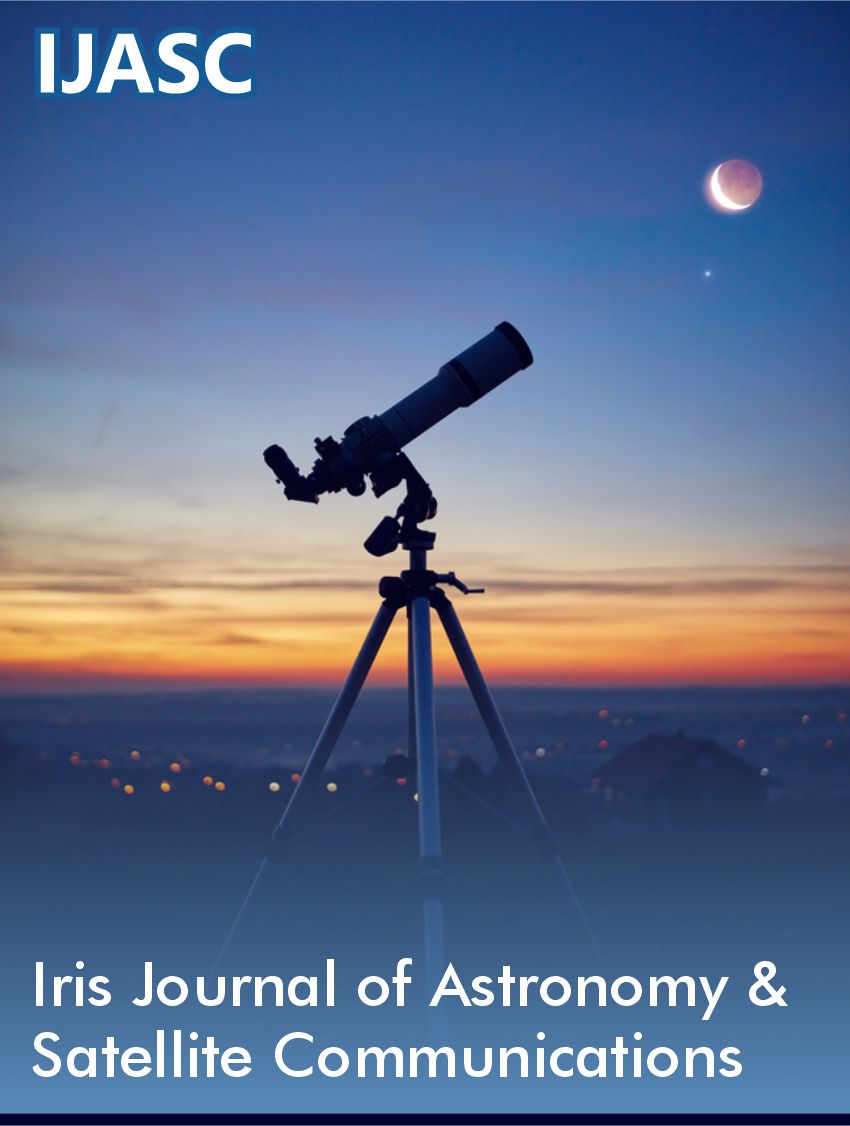 Research Article
Research Article
Results of Hubble’s Law using the ROR Methodology
Ricardo Osés Rodríguez1*, Alejandro González Sánchez2 and Rigoberto Fimia Duarte3
1Provincial Meteorological Center of Villa Clara, Cuba
2Faculty of Light and Matter (LUMAT), University of Zacatecas, Mexico
3University of Medical Sciences of Villa Clara (UMS-VC), Cuba
Ricardo Osés Rodríguez, Provincial Meteorological Center of Villa Clara, Cuba.
Received Date: June 02, 2023; Published Date: June 15, 2023
Abstract
There are a large number of natural and even social phenomena in nature, whose occurrence, evolution and final result depend on several independent variables. Even though all these variables intervene in the phenomenon, some are more important than others and even the interrelation between them plays a very important role. Hubble’s Law is a law that has great importance in astronomy. The data for the study were taken as own elaboration of an internet database. In this new application we will see how Hubble’s law can be obtained using the ROR methodology. Cristosols are used for its calculation. The best estimate of the Hubble constant is i= 1/0, a Cristosol, classically i is approximately 1000 Mpc-1km/sec assuming that we are approaching the zero moment of the explosion or BIG BANG. Hubble’s Law is estimated with Classical Regression as V=1000*D and more exactly with Regressive Objective Regression as X2 = H= i. The ROR Regression measures the Hubble constant more accurately using the Cristosols.
Keywords:Hubble’s Law; ROR methodology; Classical regression; Cristosoles
-
Ricardo Osés Rodríguez*, Alejandro González Sánchez and Rigoberto Fimia Duarte. Results of Hubble’s Law using the ROR Methodology. Iris Jour of Astro & Sat Communicat. 1(1): 2023. IJASC.MS.ID.000502.
-

This work is licensed under a Creative Commons Attribution-NonCommercial 4.0 International License.






